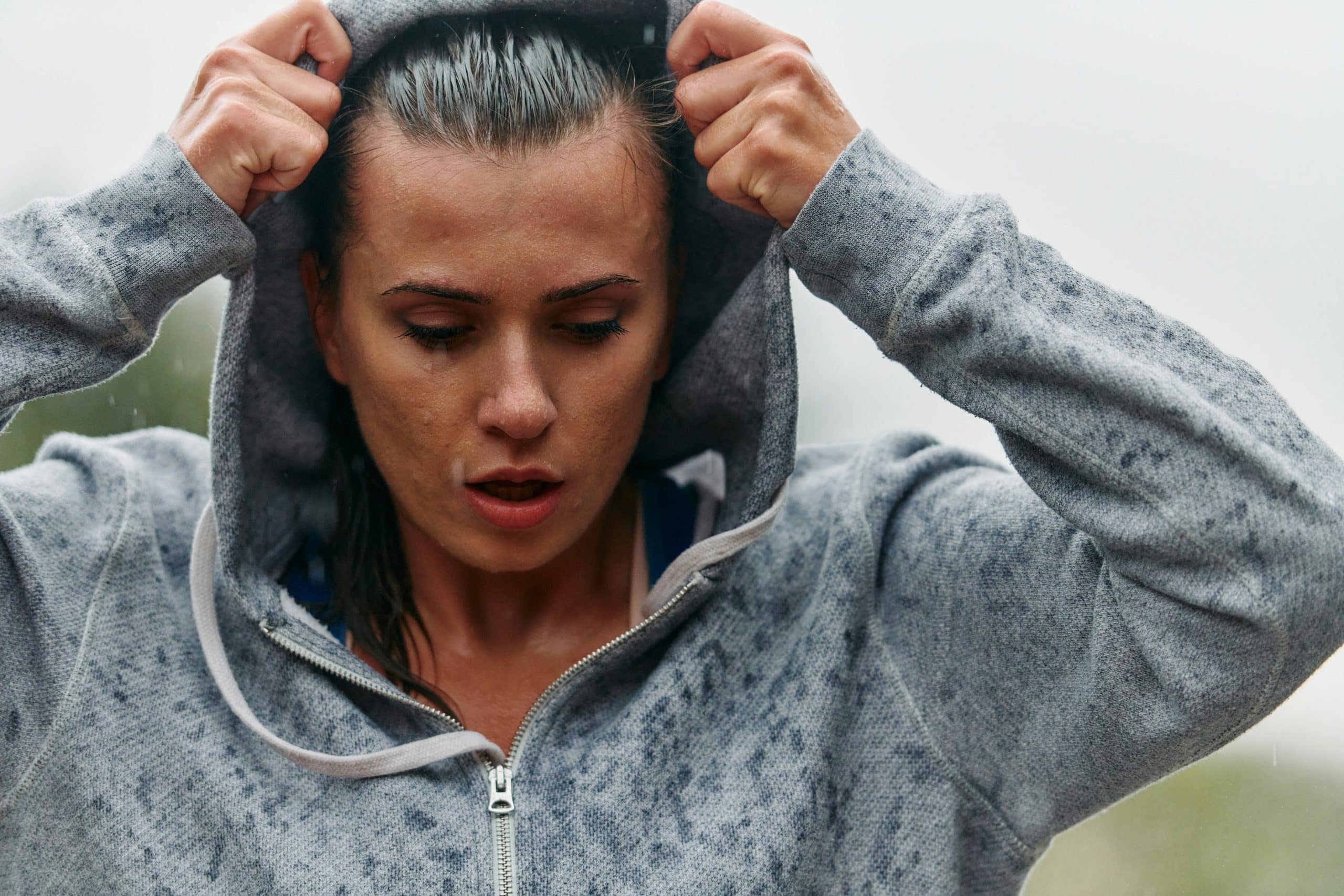Athletes often face the challenge of balancing performance and recovery. Aquatic exercises emerge as a dynamic solution, harnessing the unique properties of water to promote faster muscle healing. The buoyancy alleviates strain on joints, while resistance training in water strengthens muscles with minimal injury risk. With various aquatic techniques, athletes can enhance their recovery process, ensuring they return to peak performance more swiftly. Discover how incorporating aquatic routines into your regimen can revolutionize recovery and propel your athletic journey.
Understanding Aquatic Exercises for Recovery
Aquatic exercises are a vital component of athlete recovery, offering a unique approach to muscle healing. These exercises leverage the buoyancy and resistance of water to create a low-impact environment beneficial for recovery. Common types include swimming, water aerobics, and aqua jogging. Each type provides varying levels of intensity and support, catering to different recovery needs.
In the same genre : Unlock Your Strength: Targeting Underused Muscle Groups to Break Through Your Strength Plateaus
The benefits of water-based workouts are numerous. They are particularly effective in reducing muscle soreness and improving flexibility without the strain associated with traditional exercises. The water's buoyancy supports the body, reducing stress on joints and muscles, which is particularly advantageous for athletes recovering from injuries. Additionally, the resistance offered by water helps in strengthening muscles without the risk of overexertion.
When compared to traditional recovery methods, aquatic exercises stand out due to their gentle yet effective nature. Traditional methods often involve weight-bearing activities that can exacerbate injuries if not performed correctly. In contrast, aquatic exercises provide a safe environment where athletes can focus on muscle healing without the fear of further injury. This makes them an excellent choice for those seeking a balanced and effective recovery strategy.
Also read : Boost Your Strength Training: How Mindfulness Can Sharpen Focus and Improve Physical Performance
The Science Behind Aquatic Exercises and Muscle Healing
Aquatic exercises are backed by compelling muscle recovery science. Key studies highlight their efficacy in promoting recovery. Research into aquatic therapy demonstrates how water's unique properties aid in muscle healing. The physiological benefits are linked to water resistance and hydrostatic pressure.
Water resistance plays a significant role in muscle recovery. It provides a gentle yet effective form of resistance training. This resistance helps to strengthen muscles while preventing overexertion. Unlike traditional weight-bearing exercises, the natural resistance of water reduces the risk of injury. This makes it ideal for those recovering from muscle strains or injuries.
Hydrostatic pressure, another crucial element, aids in reducing inflammation. This pressure is the force exerted by water on the body, which helps decrease swelling and improve circulation. Enhanced circulation accelerates the delivery of oxygen and nutrients to muscles, promoting faster healing. This is particularly beneficial for athletes needing efficient recovery methods.
Research supports these benefits. Studies show that aquatic therapy reduces muscle soreness and improves flexibility. The combination of water resistance and hydrostatic pressure creates an optimal environment for muscle recovery. As a result, aquatic exercises are increasingly recognized as a scientifically supported method for effective muscle healing.
Practical Application of Aquatic Exercises
Aquatic exercise routines are an integral part of recovery workouts, offering tailored approaches for athletes at various skill levels. Understanding the practical application of these exercises can significantly enhance recovery outcomes.
Recommended Aquatic Exercises for Recovery
For effective recovery, consider incorporating exercises such as water walking, aqua jogging, and leg lifts. These activities target different muscle groups and can be adjusted to match individual recovery needs. Water walking is excellent for beginners, providing gentle resistance that aids in muscle strengthening. Aqua jogging, on the other hand, offers a higher intensity workout suitable for those seeking more vigorous recovery workouts.
Sample Routines for Different Skill Levels
Creating sample routines for varying skill levels ensures inclusivity in aquatic exercise routines. Beginners might start with simple leg lifts and water walking, gradually increasing intensity as they gain confidence. Advanced athletes could incorporate interval training with aqua jogging and resistance exercises using water weights, ensuring a comprehensive recovery workout.
Safety Considerations While Exercising in Water
Safety is paramount when engaging in aquatic exercises. Ensure the water environment is free from hazards and maintain proper hydration. Beginners should consider using flotation devices for added support. Always listen to your body and adjust recovery workouts accordingly to prevent overexertion.
Case Studies and Success Stories
Aquatic exercises have proven transformative in athlete recovery success, as illustrated by numerous real-life examples. One notable case is that of a professional football player who suffered a severe knee injury. Through a dedicated regimen of aquatic therapy, he experienced significant improvements in mobility and strength. Post-recovery, his performance on the field not only returned to its previous level but exceeded it, showcasing the potential of water-based rehabilitation.
Testimonials from athletes underscore the efficacy of aquatic exercises. A marathon runner recovering from a stress fracture highlighted how water jogging helped maintain cardiovascular fitness while facilitating healing. This approach allowed for a smoother transition back to land-based training, minimizing the risk of re-injury.
Insights from trainers and coaches further validate these success stories. Many emphasize the role of aquatic therapy in providing a safe and controlled environment for rehabilitation. They note that the buoyancy and resistance of water offer a unique combination of support and challenge, essential for effective recovery.
These examples and testimonials highlight the tangible benefits of aquatic exercises in athlete recovery, making them a compelling option for those seeking to enhance their rehabilitation journey.
Additional Resources and Recommendations
Exploring recovery tools and further reading materials can significantly enhance the effectiveness of aquatic exercises. For those seeking to optimise their routine, consider incorporating specialised equipment such as water weights, resistance bands, and flotation devices. These tools can increase the intensity and variety of workouts, catering to diverse recovery needs.
For further study, a wealth of resources is available. Books like "The Complete Guide to Aquatic Fitness" offer comprehensive insights into water-based exercises. Articles and videos from reputable sports science journals and platforms provide updated information and practical tips.
Expert Insights on Aquatic Recovery
Gaining expert advice can be invaluable in refining your aquatic exercise approach. Dr. Sarah Thompson, a renowned sports physiotherapist, suggests, "Incorporating varied equipment can tailor resistance levels, enhancing muscle recovery." Meanwhile, Coach Alex Rivera emphasises the importance of consistency, stating, "Regular aquatic sessions, coupled with proper tools, are key in achieving optimal recovery outcomes."
By utilising recommended recovery tools and engaging with expert insights, individuals can maximise the benefits of aquatic exercises, ensuring a well-rounded and effective recovery process.











